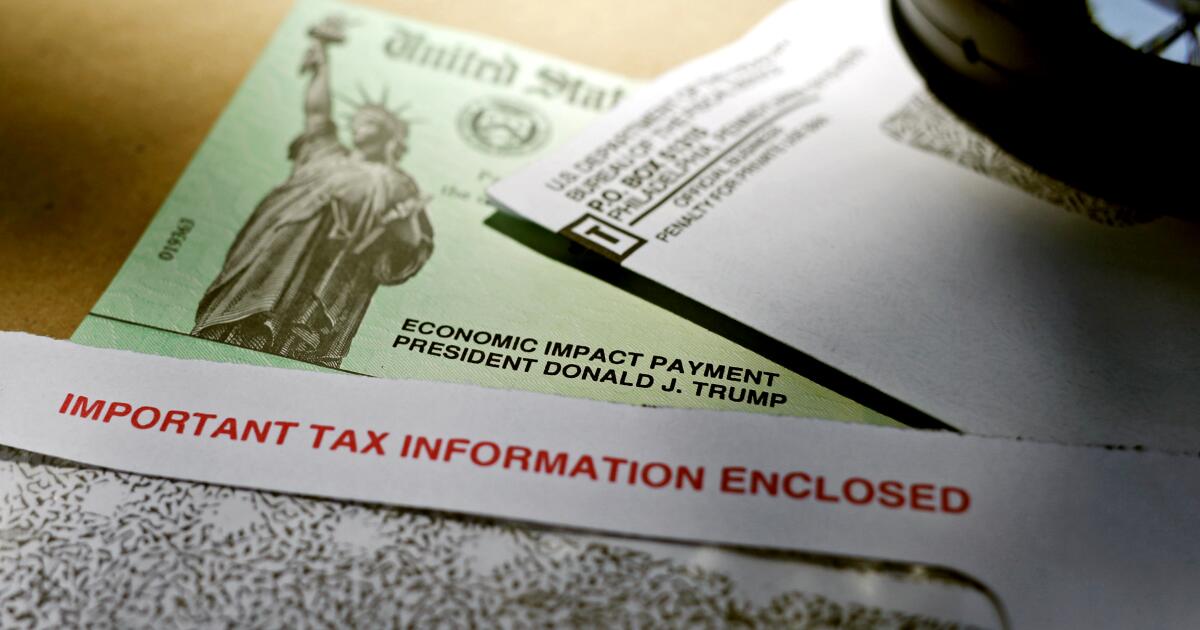The royal accounts show the estate made a profit of £1.1bn, meaning the Sovereign Grant will rise to £132m for 2025-26
Wednesday 24 July 2024 00:01 BST
King Charles is set to receive a huge £45million pay rise, a more than 50% increase in his official annual income, official accounts reveal.
The £1.1bn profit from the Crown Estate – a percentage of which funds the monarchy – means the Sovereign Grant, which supports the royal family’s official duties, will rise from £86m in 2024-25 to £132m in 2025-26.
The monarchy currently receives 12% of the profits from the Crown Estate to fund its work and the 10-year, £369 million renovation of Buckingham Palace. Royal advisers have said the increase will be used to complete the palace’s renovation programme by 2027.
The Sovereign Grant will be reviewed in 2026-27 to reassess the amount given to the palace and ensure it is an “appropriate level”.
The royal accounts also show that the Prince of Wales received £23.6 million in income from the Duchy of Cornwall in his first full year after inheriting his father’s land and property estate.
The duchy’s surplus is used to cover the official, charitable and private expenses of the Prince and Princess of Wales and their three children. Like his father, William pays tax at the standard rate on the amount after official expenses are deducted, advisers said.
The significant increase in the Sovereign Grant in 2025-6 and 2026-7 “will be used to fund the final stages of the Buckingham Palace refurbishment programme, enabling it to be completed both on time and on budget,” said Michael Stevens, the King’s Minister of Justice.
Once this is achieved, he said, “a reduction in the absolute amount of the Sovereign Grant will be sought as part of the review of the Royal Trustees in 2026-27, through primary legislation”, to ensure that the work of the Royal Family “continues to be funded at an appropriate level”.
Buckingham Palace’s annual accounts, published on Tuesday, cover the first full financial year of the king’s reign. They include the months after Charles and Catherine were diagnosed with cancer, with both being kept away from public duties from January.
It turns out that Frogmore Cottage, the Windsor estate home that was renovated at a cost of £2.4 million to the taxpayer for the Duke and Duchess of Sussex, remains empty. The renovation costs have since been refunded to the public purse.
After the Sussexes left the UK, Princess Eugenie, the Duke of York’s daughter, lived there with her family. It is currently empty and there are no new tenants, advisers have confirmed.
During the year, more than 2,300 official engagements by members of the Royal Family took place in the UK and abroad, compared with more than 2,700 last year.
Charles attended 464 official engagements despite his cancer diagnosis, with the Queen attending 201, 103 of which were joint engagements.
The report also showed that £600,000 of the Sovereign Grant was spent on the coronation and surrounding events last year, with the total cost of the Sovereign Grant coming to £800,000.
This figure covered internal costs such as staff and receptions at the palace, as well as any furniture or costumes that might be reused later, including the fitting of the Imperial State Crown and the coronation robes of the King and Queen.
Charles’s income boost follows a greater doubling of profits from the Crown Estate, the nation’s portfolio of historic and commercial landed properties, to £1.1bn in 2023-24 from £443m the previous year.
The increase is due to profits from the sale of options and leases on offshore wind projects on the seabed surrounding the British Isles. The Crown Estate, as the legal owner of the seabed, is responsible for auctioning off the rights to the offshore wind.
The Sovereign Grant is funded by the taxpayer in exchange for the King’s surrender of the Crown’s revenues and is calculated on funds outstanding for two years.
The royal family has previously received 25% of the profits from the Crown Estate to fund official duties and renovations, but last year the government and the royal family agreed to reduce that to 12%, partly in anticipation of the likely windfall from the auction of offshore wind farm licences. If the 25% formula had been maintained, the monarchy would have received £275m in 2025-26.
A report by the National Audit Office (NAO) published on Tuesday found that the palace renovation project had been well managed but that structural damage and the discovery of asbestos, which had led to increased costs, “could have been foreseen”. The report said the project’s net expenditure over 10 years to the end of March was £238.9 million, or 65% of the budget.
Gareth Davies, NAO Director, said: “Updating decades-old plumbing, heating and electrics, as well as adding new lifts and toilets in one of the UK’s most famous buildings, is a significant undertaking that has been well-executed so far.
“Careful planning and project management has enabled the programme to remain on budget to date and to respond well to challenges such as the pandemic. While risks remain as the programme nears its end, if these continue to be managed effectively, the outcome should represent good value for money.”
{{on the top corner left}}
{{at the bottom left}}
{{top right}}
{{at the bottom right}}
{{/teleprinter}}
{{title}}
{{#paragraphs}}
{{.}}
{{/paragraphs}}{{highlighted text}}
{{#ChoiceCards}}
{{/choiceCards}}

